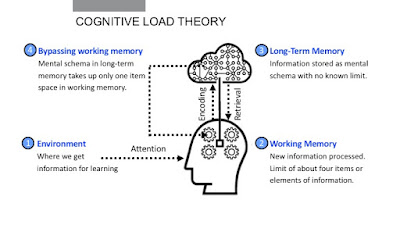I have been trailing quizzes as a form of formative assessment and progress check for my year 11 ATAR Physics class (similar to AS level or AP Physics). The goals I had when implementing these were:
- For students to be exposed to test difficulty questions under test conditions (high challenge)
- For formative purposes only (low threat)
- I would be able to use them to identify student misconceptions (high value)
- They did not create more marking work for me (low effort for the teacher)
The format that I ended up with was multiple choice quizzes which were marked through Google Forms, and below I have discussed some of my learnings about these quizzes.
Answers to multiple choice questions need to all be plausible
When using multiple choice questions each answer needs to be a possible answer that a student could calculate, as shown in the conservation of momentum question below.
The working out for the correct answer to this question is as follows:
Each of the answers identify the following likely errors
Answer (A): Incorrect conversion from g to kg.
Answer (B): Does not add mass of bullet to mass of block for final momentum.
Answer (C): Correct answer.
Answer (D): Does not convert from g to kg.
The importance of each answer being a possible error or misconception is that if students make the expected error, but they do not see their answer as one of the options they will either check their working and find the mistake (which is not so bad) or take a guess at the correct answer which I don't want to happen, as it means I can't diagnose misconceptions. In this sense, there is no need to be constrained to four answers, put as many answers as you can think of errors and misconceptions, without making it easy for students to guess the correct answer.
Answer feedback or detective work?
Google forms has the functionality to provide answer feedback, so for the above question you could provide the following as feedback:
If you chose answer (A): Check your conversion from g to kg. Remember there are 1000g to 1kg
If you chose answer (B): Check your final mass of block and bullet. Have you added the mass of the bullet to the mass of the block?
If you chose answer (C): Correct answer, well done!
If you chose answer (D): Check if you converted the mass of the bullet from g to kg.
My preference is not to provide feedback to students through Google Forms as I'd rather they worked harder to find their error (make the feedback detective work), and if they are really stuck then I can spend time with the student to resolve the misconception. However, if I was in a remote learning scenario then this feedback function would be useful.
Make the marks visible to students and parents
The quizzes I used with my year 11 students did not go towards their grades, however I have the ability to enter the marks into our marks book with a zero weighting. If students know that the results are going to visible to both them and their parents they take the process more seriously.
The multiple choice quizzes are imperfect
With written calculation questions there are marks for selecting the correct equations, rearranging equations and working. With a multiple choice question students are either completely right or completely wrong, so the quiz does not necessarily reflect how students will go in a test or exam.
Students appreciate the quizzes
I have been using these quizzes about a week before tests, and students have responded very positively to them. They are low-threat, so it takes the pressure off, but at the same time high-challenge, so students get a clear idea of how prepared they are for an upcoming test.
If you have any questions about this, or would like to see some samples of a quiz and Google Form then please contact me through twitter. I hope you find this blog post useful!
Dan (@dan_braith)





















